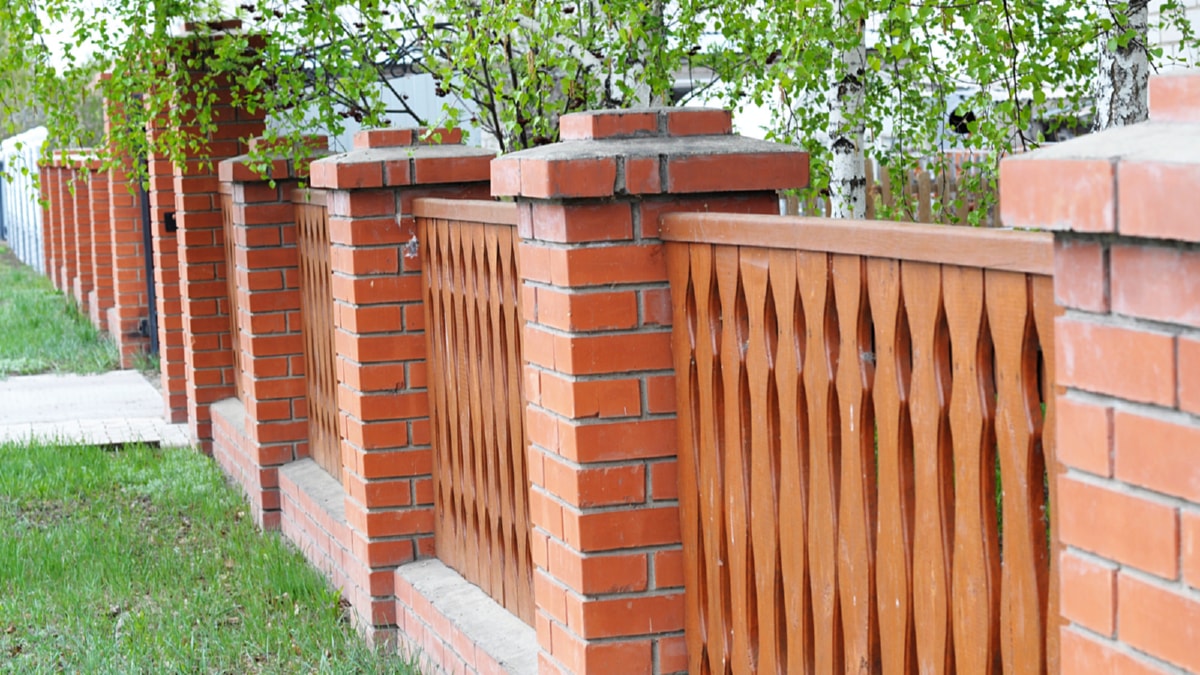Green building practices are revolutionizing the construction industry, driving forward a more sustainable future. The incorporation of eco-friendly procedures and materials into building design, construction, and operation is an integral component in the global sustainability effort. This article explores the impact of green building practices on the sustainability of the construction industry.
Green building practices are based on the principle of minimizing the environmental impact of building projects. This is achieved by utilizing renewable resources, reducing energy consumption, improving indoor air quality, and minimizing waste production. The impact of such practices on the construction industry’s sustainability is profound and far-reaching.
Firstly, green building practices significantly reduce the demand for non-renewable resources. Conventional construction methods heavily rely on finite resources such as sand, stone, and metals, which are rapidly depleting. By integrating recycled and renewable materials into building design, green construction reduces the demand for these non-renewable resources, thereby promoting their conservation. For instance, the use of recycled steel in place of virgin steel helps preserve iron ore reserves and reduces the energy needed for steel production.
Secondly, green building practices enhance energy efficiency, which is pivotal in curbing greenhouse gas emissions. According to the U.S. Energy Information Administration, buildings account for almost 40% of the country’s energy consumption. Green buildings, on the other hand, incorporate energy-efficient systems such as solar panels, energy-efficient lighting, and high-performance insulation, which significantly reduce energy consumption. Consequently, this lowers the carbon footprint of buildings, contributing to environmental protection and climate change mitigation.
Thirdly, green building practices improve indoor environmental quality, which is beneficial to the health and wellbeing of occupants. Traditional building methods often use materials that emit harmful substances like volatile organic compounds (VOCs), which can cause adverse health effects. Green building practices prioritize the use of materials with low VOC emissions, therefore enhancing indoor air quality. These practices also promote the use of natural light and ventilation, which has been linked to improved productivity and wellbeing among occupants.
Lastly, green building practices foster waste reduction. Construction waste significantly contributes to the world’s total waste, further exacerbating the global waste management crisis. Green construction methods emphasize waste minimization by encouraging the use of materials that generate less waste and promoting waste recycling. This not only helps reduce waste disposal costs but also lessens the industry’s impact on landfills.
In conclusion, the impact of green building practices on the sustainability of the construction industry is substantial. By reducing the demand for non-renewable resources, enhancing energy efficiency, improving indoor environmental quality, and promoting waste reduction, green building practices are playing a pivotal role in steering the construction industry towards a more sustainable future. The industry should therefore continue advocating for and embracing these practices, to contribute towards the global sustainability effort.
For more details, check best masonry services or visit their business listing here.



